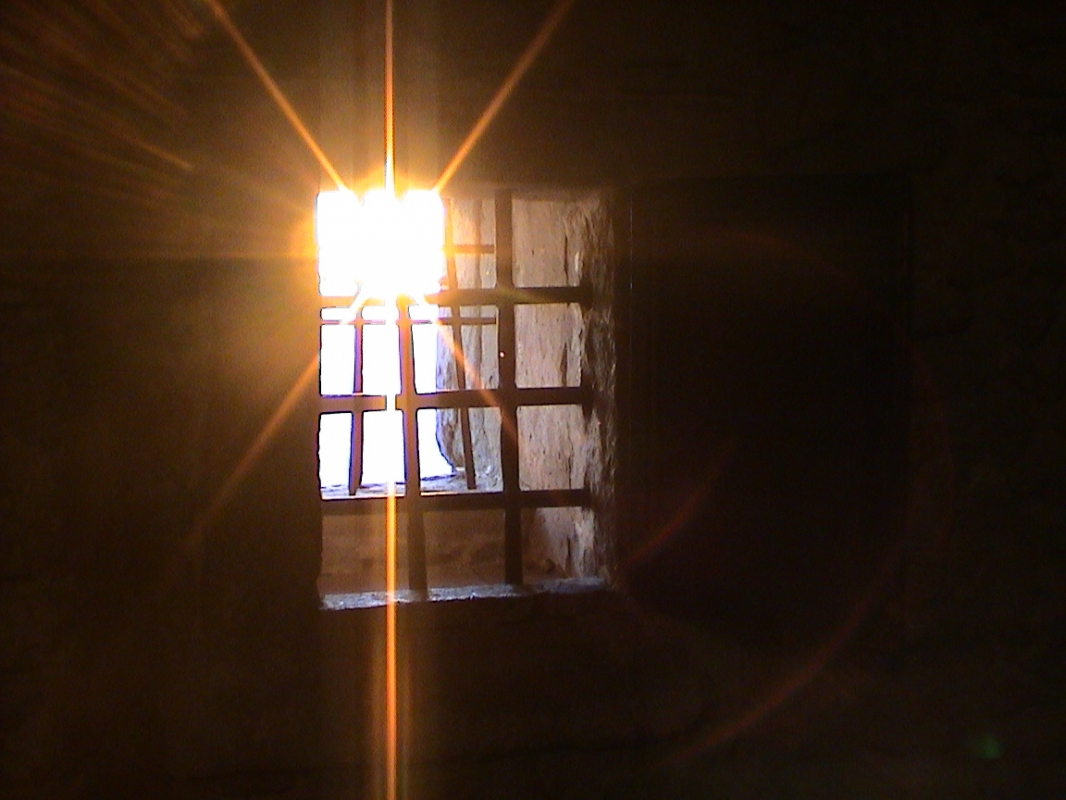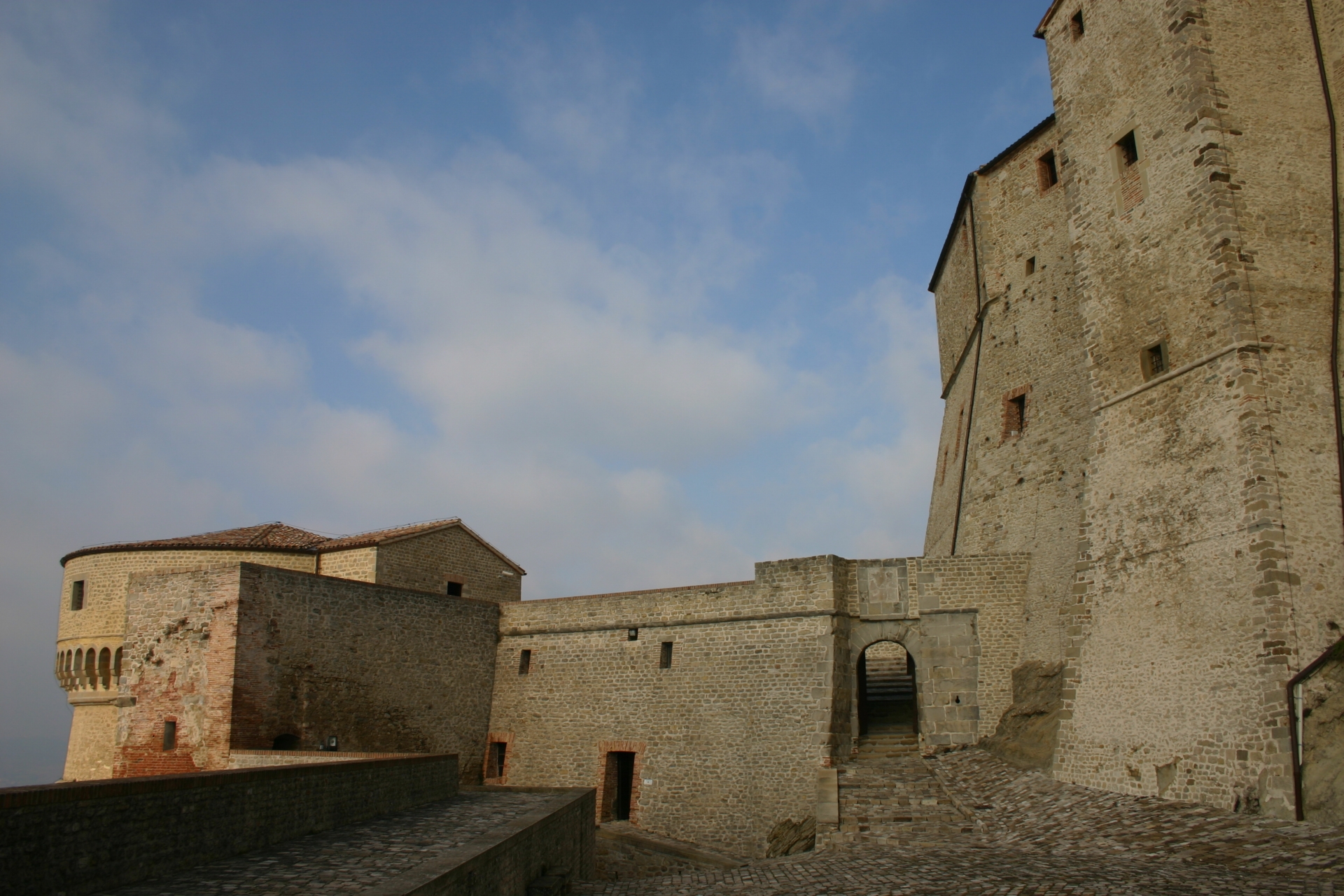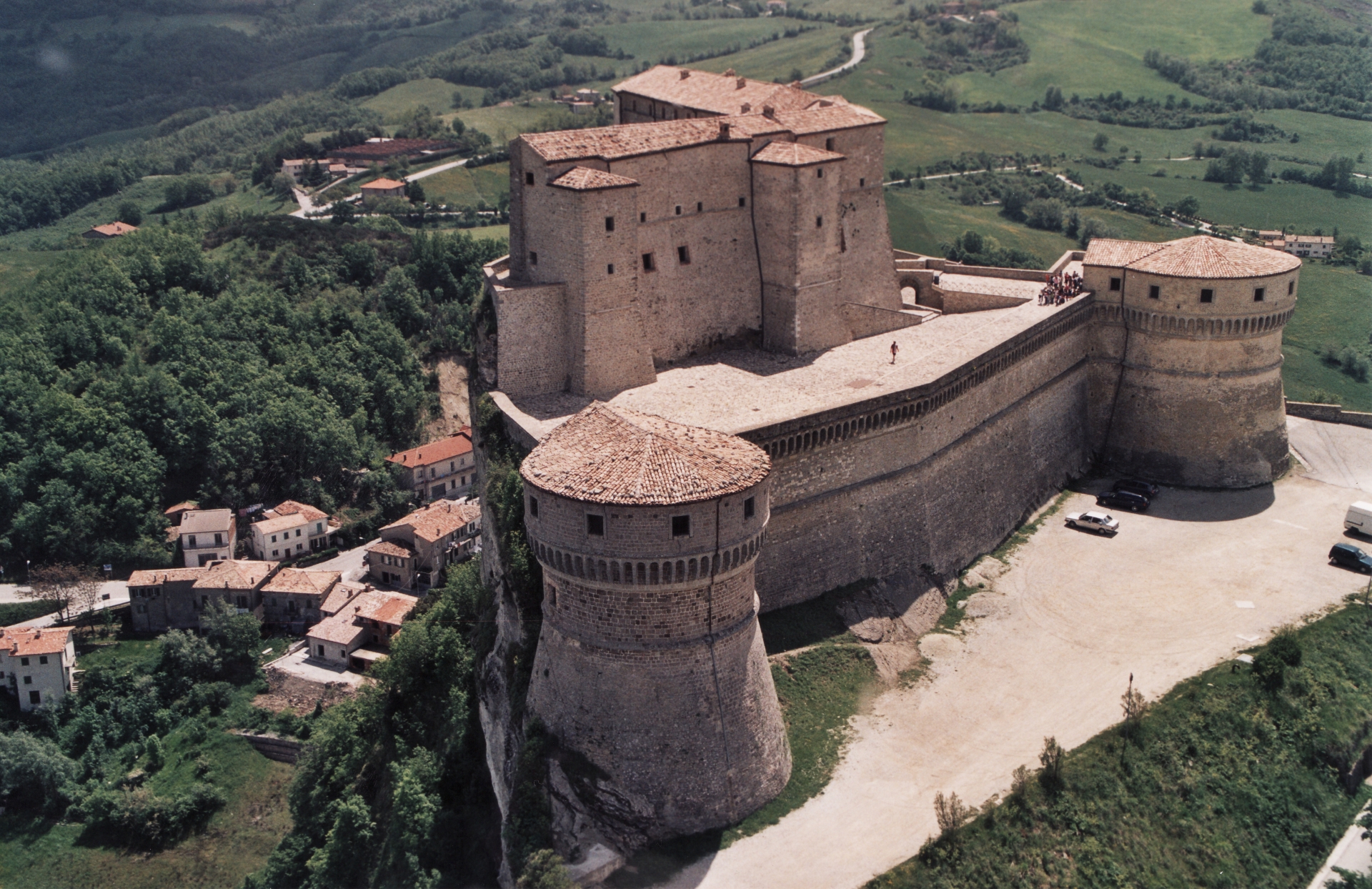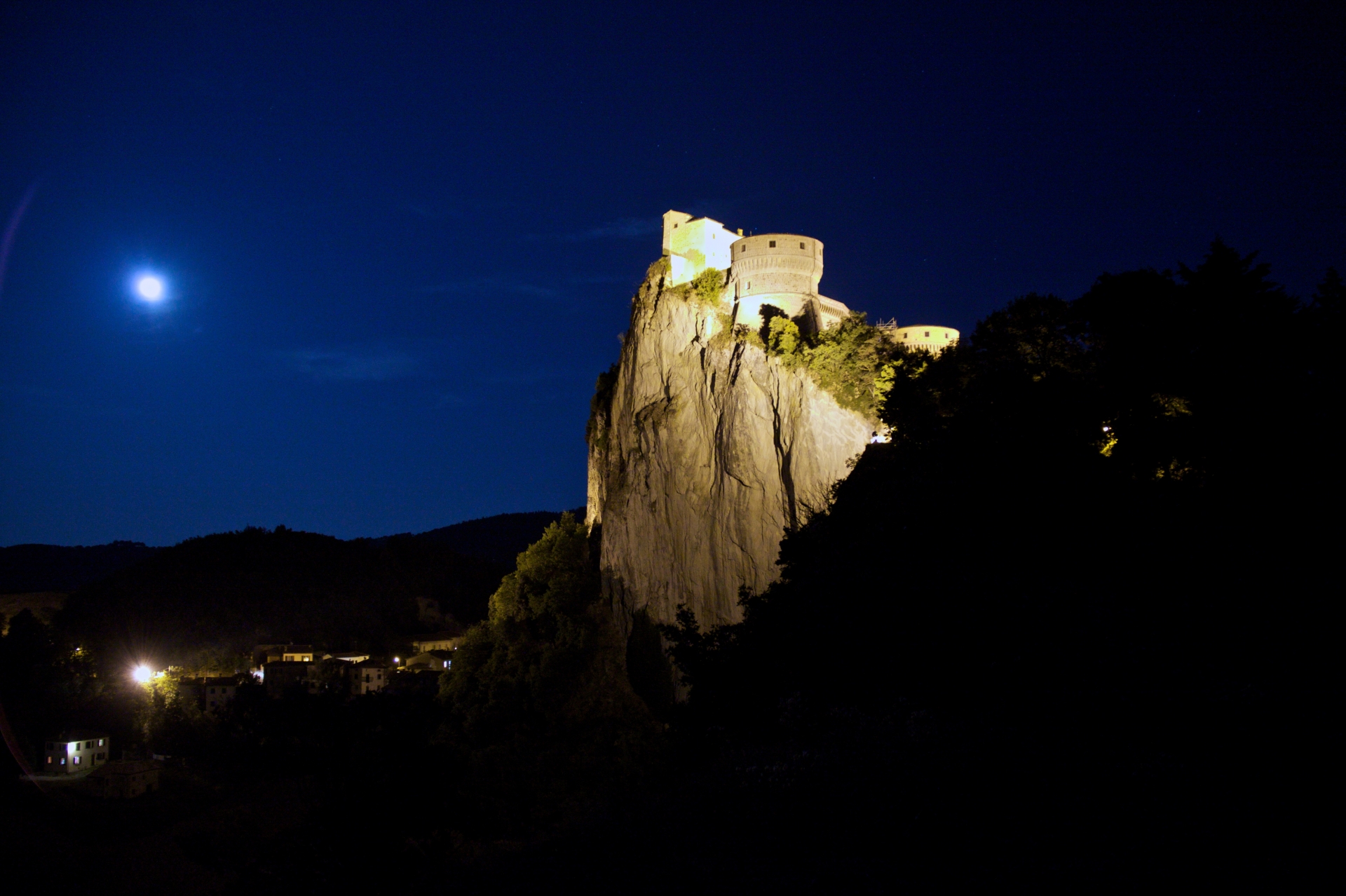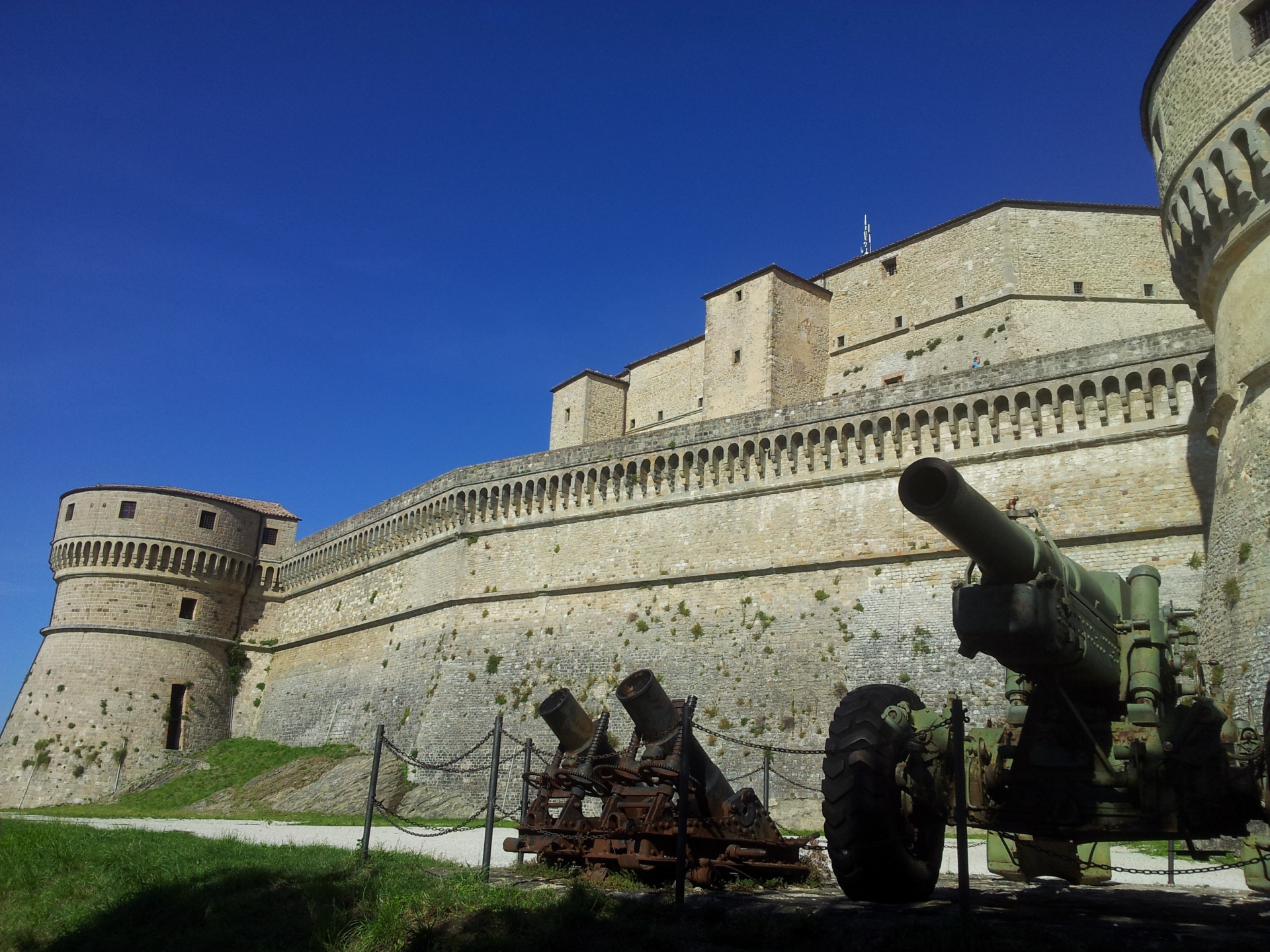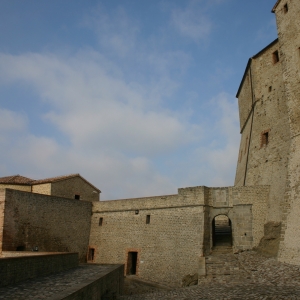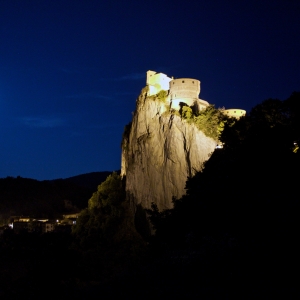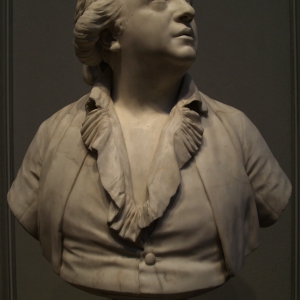Fortress of San Leo
For castle opening hours, please consult the website.
The Fortress of San Leo in the heart of Romagna is at the top of a village with less than 3,000 inhabitants, which deserves, absolutely, to be visited!
The impregnable stronghold houses and collects various exhibitions related to its great and important history: from the collection of weapons dating back to the 1500s to those of World War I and World War II; from torture instruments to the replica of Vasari's fresco depicting the taking of San Leo by the Medici family to exhibitions of contemporary works.
The Fortress of San Leo is especially linked to the life of the famous magician and alchemist Giuseppe Balsamo, Count of Cagliostro, the mysterious and enigmatic "guest" of its prisons,
who after living in the most important courts of Europe, from London to St. Petersburg, where it was possible for him to form friendships with such prominent figures as Schiller and Goethe, ended his existence in the very impregnable Fortress of San Leo, pardoned by Pope Pius VI after being sentenced to death by a harsh trial in 1790 for heresy and seditious activities. Following his public renunciation of the principles of his professed doctrine, the death sentence was in fact commuted to life imprisonment, to be served in the dreary prisons of the inaccessible fortress. The cell specially built for him is called the "cagliostrina" or "well cell": a trapdoor with a single opening in the ceiling, 2 meters square, with a single point of air represented by a window.
The fort also houses precisely the museum of torture instruments, including the garrote, the stretching bench, and the confession chairs.
The stronghold also houses a replica of Vasari's fresco depicting the taking of San Leo by the Medici family at exhibitions of contemporary works.
Today the fortress, cleared of the nineteenth-century superstructures that altered its elegant Renaissance lines, has returned to its architectural splendor that makes it one of the most celebrated examples of military art, in a setting of history and art that is among the most beautiful in Italy.
A bit of history
The Romans fully understood the defence potential of this enchanting rocky peak and built a fortification on the top of the mountain. In the Middle Ages, the fortress was strenuously fought for by the Byzantines, the Goths, the Franks and the Lombards.
Berengar II, the last Lombard king of Italy, was besieged by Otto I of Germany right in San Leo, between 961 and 963 AD. During those three years the town was the capital city of Italy.
In the mid-11th century, the Counts of Montecopiolo, coming from the near-by town of Carpegna, arrived in San Leo and took hold of the city, which at the time was called Montefeltro. From that moment on the counts decided to call themselves the Counts of Montefeltro, or the Montefeltros, after the town’s name. In the second half of the 14th century, the fortress was taken by the Malatesta family, who conquered the city and the surrounding area, reigning over it for more than a century.
In 1441, a very young Federico da Montefeltro tried to regain the fortress by climbing up the rocky cliff with his troops. Since his family had lost the fortress, war strategies had evolved and he managed to win back the fortress, whose medieval structure, with simple squared sloped towers protecting the central fortified donjon was not able to withhold the assault of modern firearms.
Federico hired a famous architect, Francesco di Giorgio Martini, from Siena, asking hi, to restore the fortress and adapt the castles to new war techniques.
The architect completely changed the outlook of the fortress and allowed it to fire back in more than one direction, no matter where the attack came from. This is why outer perimeter walls were equipped with artillery defence posts and the access roads around the walls were protected from enemy fire. The fortress slowly came to represent the apex of a defence strategy, including the rocky peak itself.
The castle became so famous that Pietro Bembo, a famous poet of the time, defined it “a powerful stronghold and an awe-inspiring instrument of war, an admirable mix of nature and arts”.
In 1502, Cesare Borgia, also called Duke Valentino, supported by Pope Alexander VI, managed to get hold of the fortress. Nevertheless, when the Pope died in 1503, Guidobaldo da Montefeltro had his lands and properties back. It didn’t last for long, as in 1516 the troops of the city of Florence headed by Antonio Ricasoli and plumped for by Leone X de’ Medici, forced the city to capitulate and took hold of it.
The Della Rovere family took the city back in 1527 and ruled over it until 1631, when the entire Dukedom of Urbino was handed over to the Papal States.
From 1631 onwards, the fortress lost its military role and was turned into a prison with tiny, insalubrious cells that once used to house the garrison. Famous prisoners were locked in those cells: Renaissance patriots like Felice Orsini or free thinkers like the Count of Cagliostro.
Even after the Italian unification, the fortress continued to serve as a prison until 1906. After that, for eight years, it housed a Disciplinary Company until 1941.
The Fortress you can admire today is back to its original splendour, finally free of 19th century decorations altering its elegant Renaissance structure. It surely represents one of the most famous and admired examples of military art and history, as well as one of the finest art places in Italy.
